Vittori Debuts With a Pininfarina-Designed Hypercar Concept
Unveiled this past weekend at Miami’s Concours Club, the limited-run Turbio hybrid pairs Italian artistry with AI-assisted engineering—though production remains years away
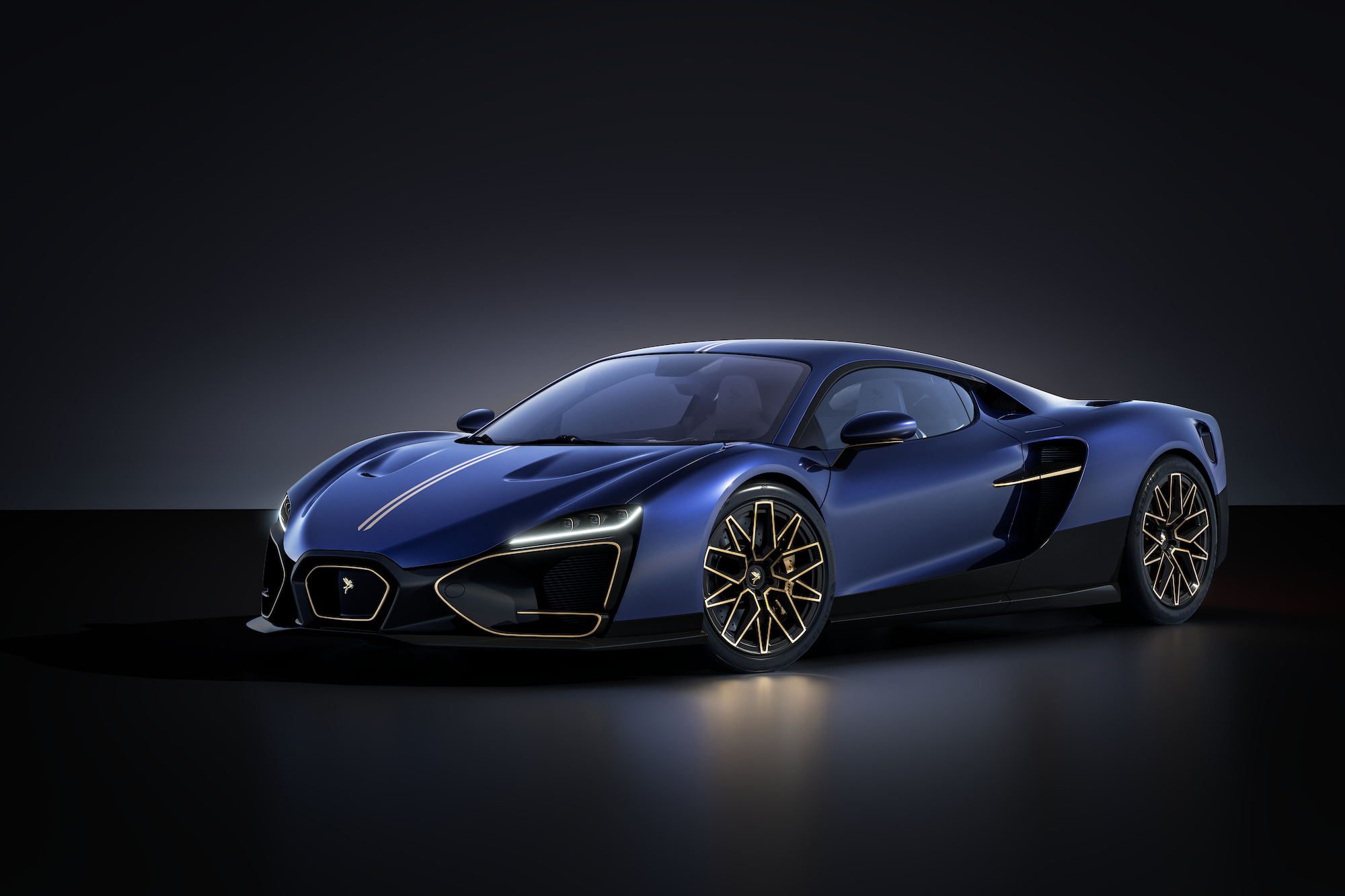
This past weekend at Miami’s Concours Club, a new name entered the race to design the next hypercar. The young automaker Vittori unveiled the Turbio, a limited-run hybrid vehicle designed in partnership with storied Italian atelier Pininfarina. Only fifty will ever be built; prices start at $2.5 million. “Our dream was to create a beautiful, high-speed vehicle that evoked emotion and a sense of connection,” said Carlos Cruz, who founded Vittori after launching his career in finance, technology, and artificial intelligence. “We didn’t want to make another supercar—we wanted to build something that feels like flight, like sculpture, like power at your fingertips.”
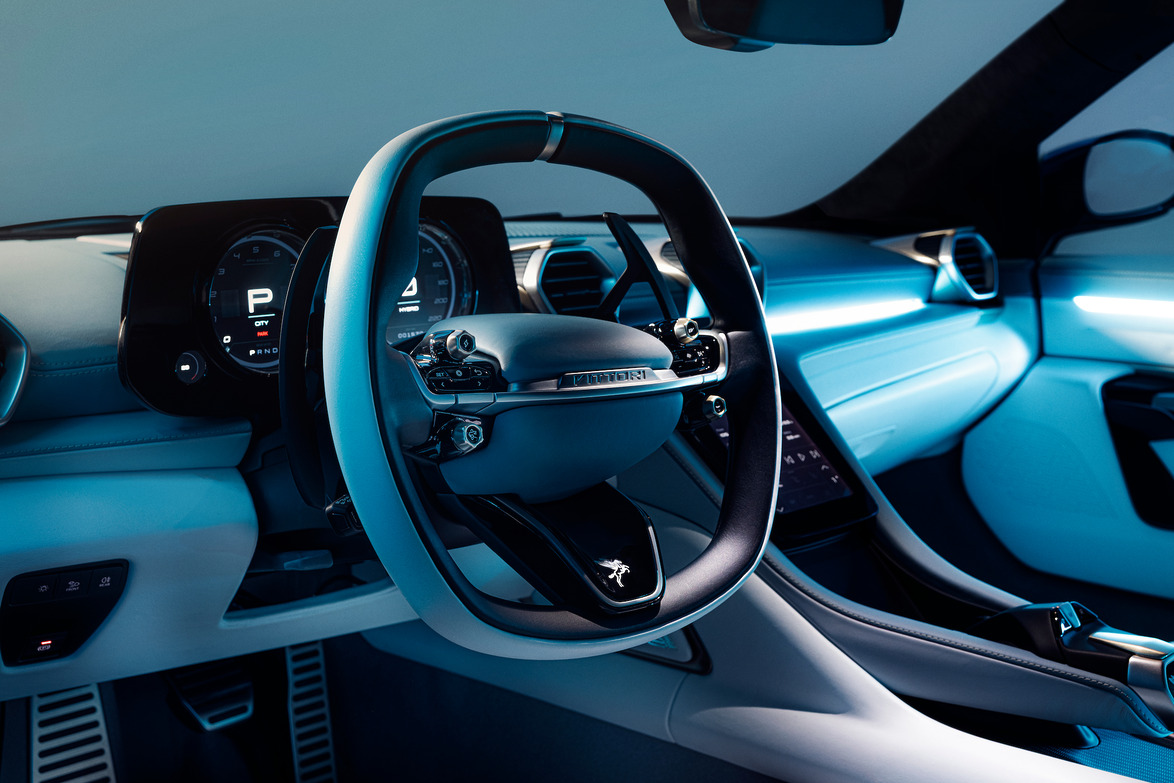
That ambition guided every decision. Headquartered in New York and manufactured in Italy, Vittori positions itself as a fusion of time-honored craftsmanship with future-focused engineering. Early design phases relied heavily on AI, enabling the team to explore hundreds of potential directions and refine the vehicle’s most distinctive details. Rounded bodywork channels air into generous side intakes that feed the engine, while seamless titanium exhausts—3D-printed through Vittori’s additive-manufacturing program—manage heat. Lightweight titanium and aluminum components reduce overall mass while sharpening acceleration and handling.
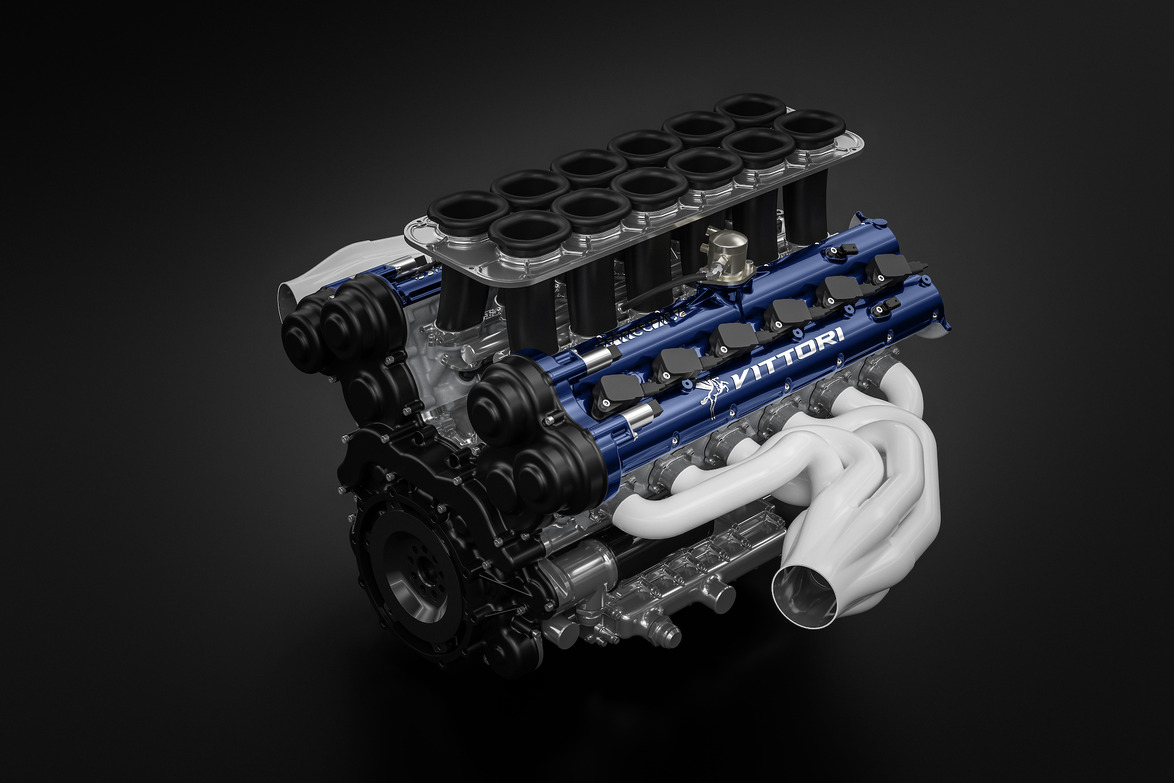
Pininfarina then transformed those concepts into a fully realized, running show car, lending the Turbio unmistakable poise. Wing-shaped brake lights allude to its Pegasus emblem while a lustrous blue finish accentuates its sculpted curves. An adaptive rear wing adjusts in response to speed and braking, minimizing drag on straights and maximizing stability through corners.
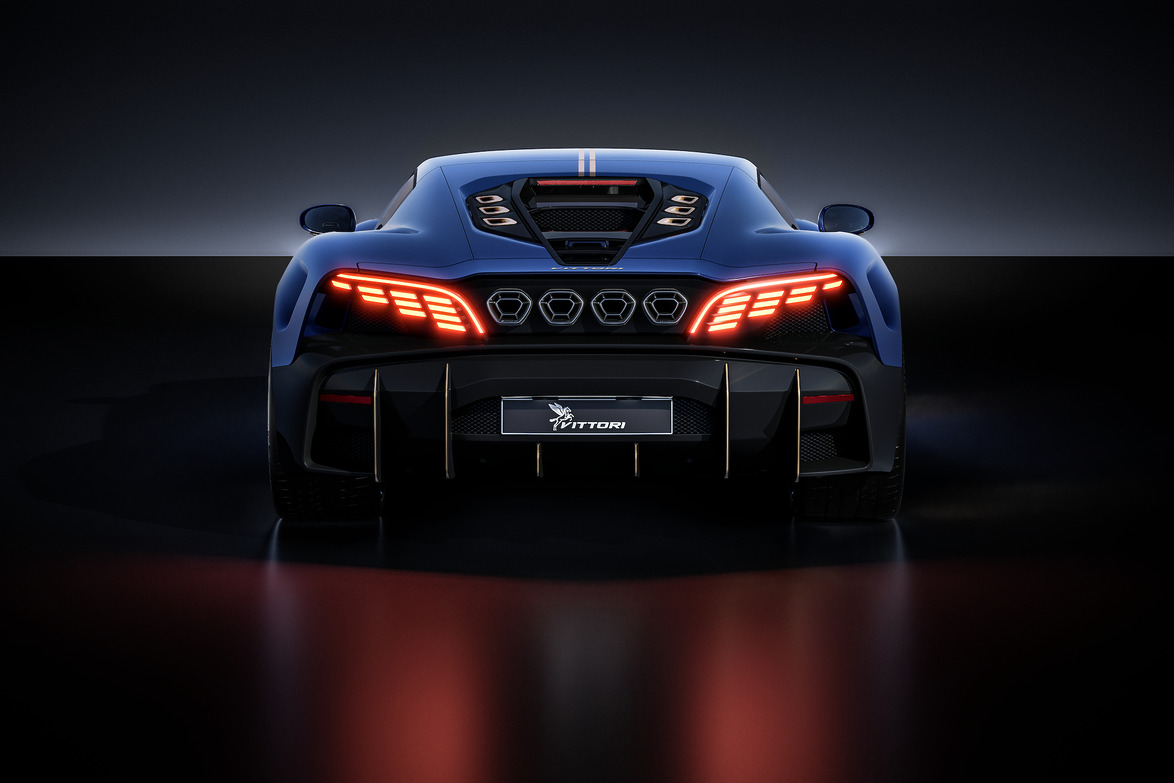
The century-old Italian atelier—whose legacy includes designing iconic models for Ferrari, Maserati, and Alfa Romeo—oversaw both exterior and interior execution. “Partnering with Vittori on a new vision for the hypercar market embodies one of the essential traits of Pininfarina,” said Giuseppe Bonollo, SVP Mobility at Pininfarina. “For decades, Pininfarina has leveraged its heritage in coachbuilding and its ability to transform pure design exercises into industrial realities through comprehensive, turn-key solutions.” One such decision involved restoring analog controls instead of outfitting the interior with distracting touchscreens.
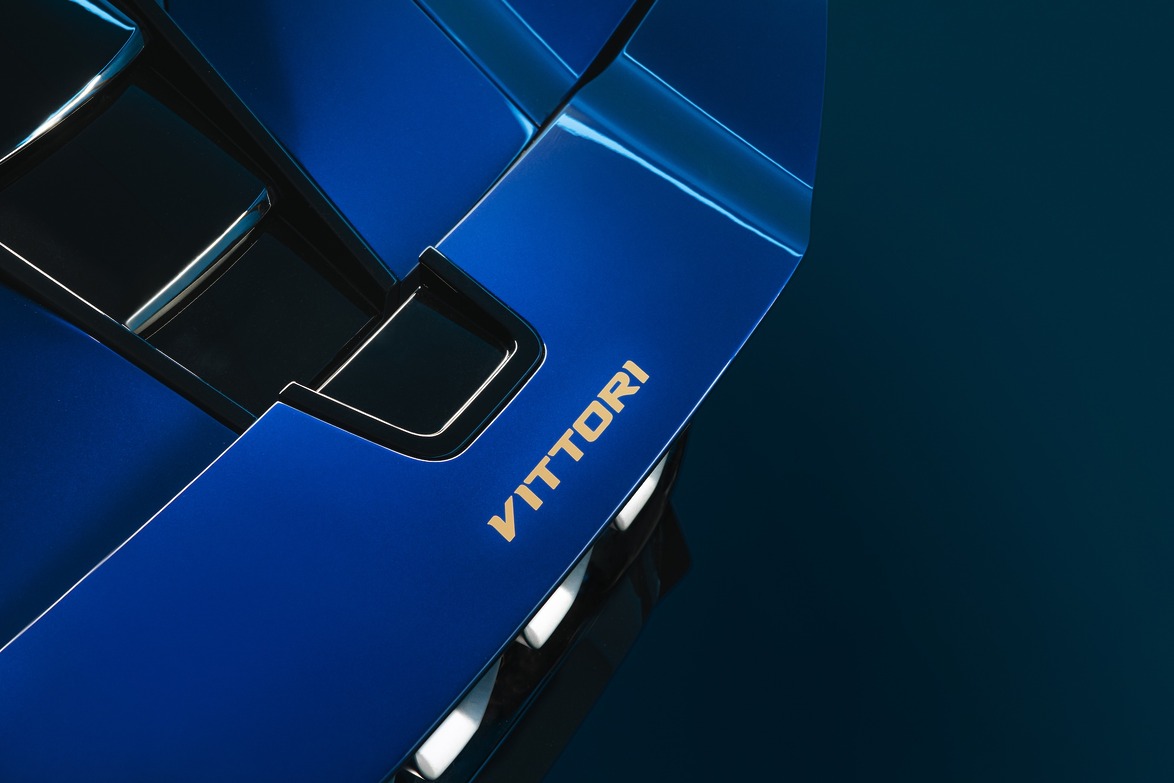
Beneath the sculpted shell lies the Orion V12, a proprietary powertrain developed by Italtecnica as a tribute to legendary Formula 1 engineer Claudio Lombardi. With acceleration figures placing it among the planet’s fastest cars, the Turbio will rocket from zero to sixty miles per hour in under three seconds. Though the hypercar remains largely conceptual, Cruz envisions the Turbio as inaugurating Vittori’s first phase—its so-called “halo product.” Production is scheduled to begin in 2027, ushering in a portfolio that Cruz says will extend into SUVs and aerial vehicles.